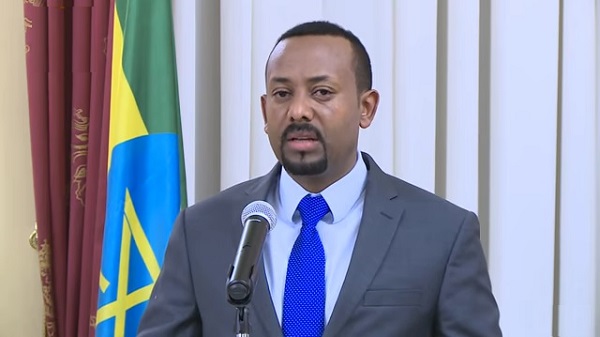In the one year that Prime Minister Ahmed Abiy has ruled Ethiopia, the country has managed to attract as much as $13 billion (KSh1.3 trillion) of inflows in the form of loans, grants, investments, services and remittances. It is the largest amount of inflows the country has ever received in one year.
In 2019, Ethiopia is projected to grow the fastest in Africa at an economic growth rate of 8 percent. The new prime minister is behind important reforms that have led to an increase in foreign investments into the country and placed Ethiopia as the fastest growing nation in Sub Sahara Africa.
Besides opening up the previously tightly controlled economy to investors, Ethiopia’s PM has also taken steps to improve foreign relations with its neighbors and with distant nations. Mr. Abiy and his Eritrean counterpart resolved the long-standing dispute between the neighboring nations shortly after he took office.
As per Bloomberg, “The funds, some from the World Bank, come as the Horn of Africa country seeks to plug a funding gap that the international Monetary Fund has said poses risks to the nation’s medium term outlook.”
The country needs funds to finance its infrastructure projects, refinance its government debt estimated at 57 percent of GDP, and enhance its foreign reserves. Ethiopia is currently undertaking several infrastructural development projects such as the Grand Ethiopian Renaissance Dam, with the help of the World Bank and other financiers.
According to a report by UNCTAD, in 2017, Ethiopia received $3.6 billion (KSh360 billion) in foreign direct investments; the second largest amount of FDI into an African country. In that year, Egypt was the top FDI recipient at $7.4 billion (KSh740 billion). Kenya only received $0.67 billion (KSh67 billion) in foreign direct investments behind Tanzania and Uganda at $1.2 billion (KSh120 billion) and $0.70 billion (KSh70 billion) respectively.




